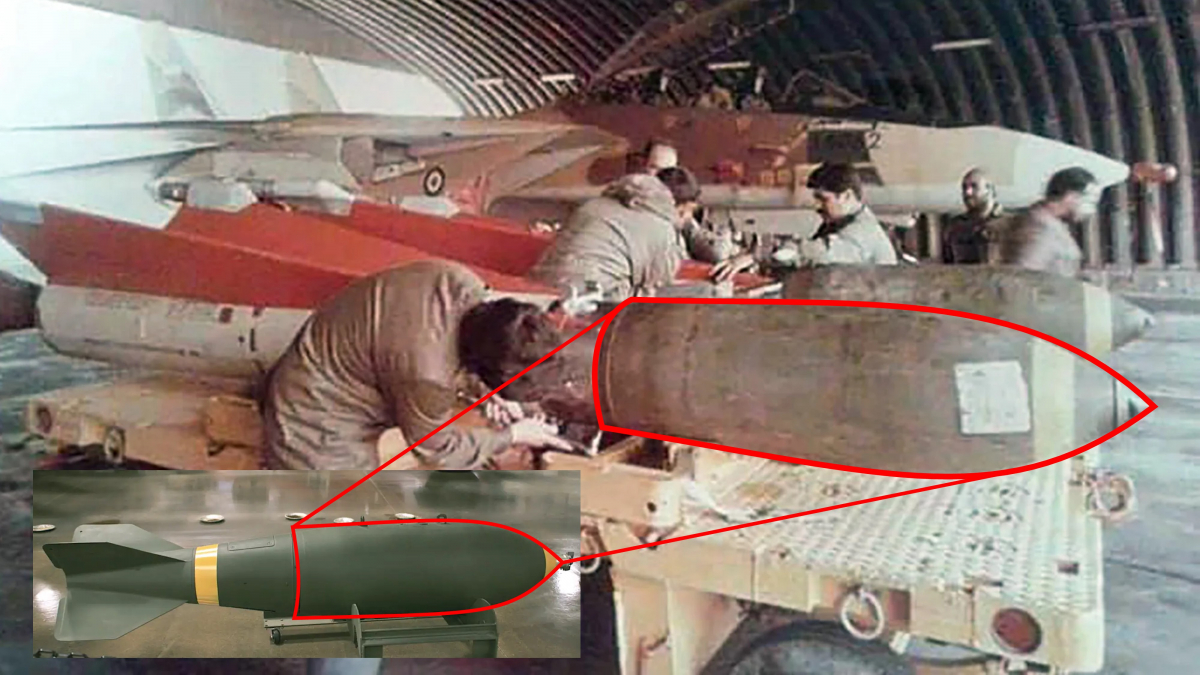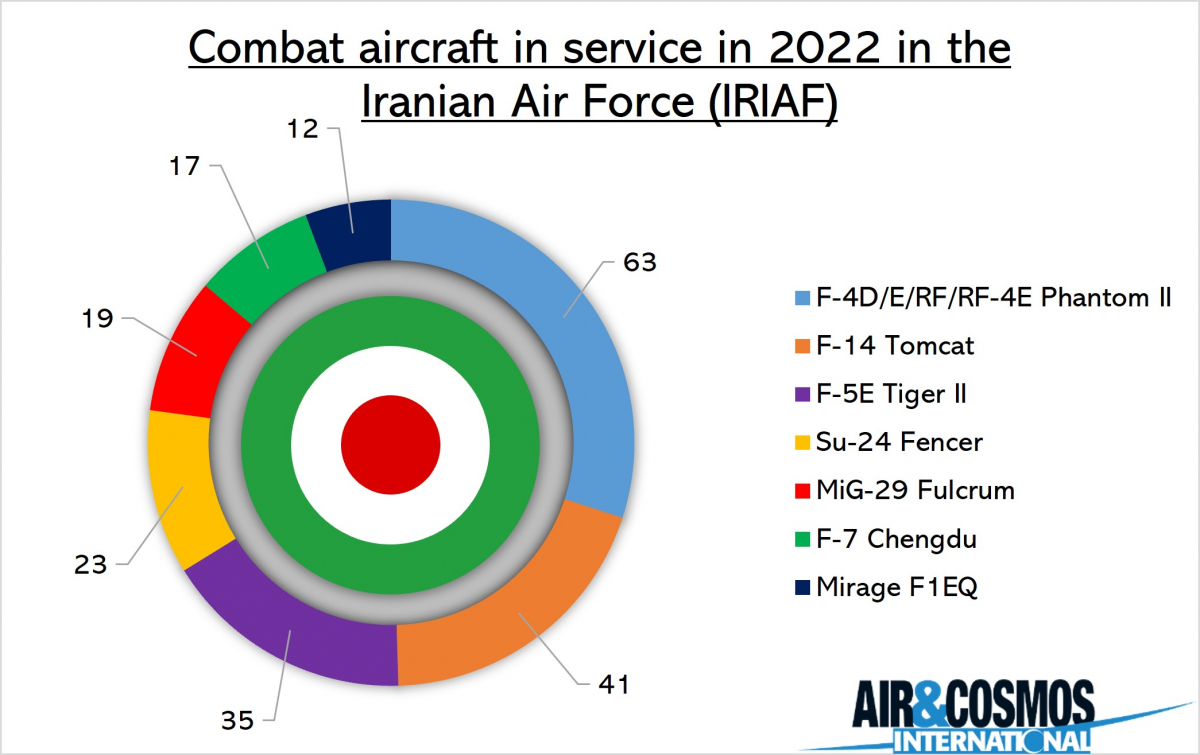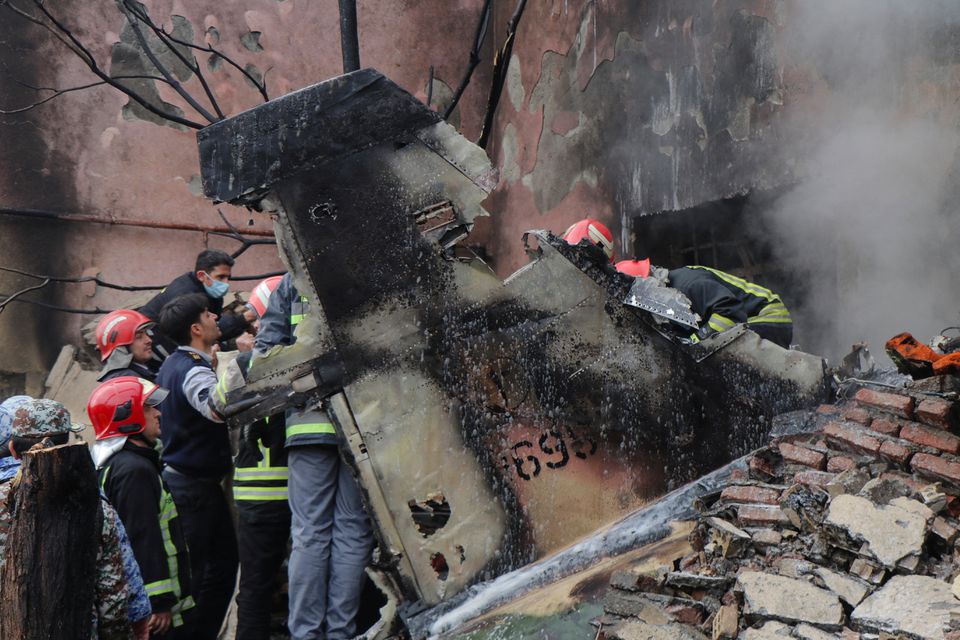An F-5 Tiger II crashed in northwestern Iran, killing both pilots and a civilian. This is the latest in a long series of crashes for the country, which only has a fleet of fighter aircraft dating, for the most part, from the late 1960s.
Training flight ends badly
The Iranian Air Force F-5F Tiger II two-seat fighter that crashed in Tabriz, northwestern Iran, was on a training mission with a pilot and a student pilot. The causes of the crash are still unknown at this time. The two pilots did not eject and died in the crash. One person on the ground also died when the aircraft crashed.
A decaying air force
The Islamic Republic of Iran's Air Force is a shadow of its former self. Since the Islamic Revolution of 1979 and the many international restrictions and embargoes, Iran has only been able to purchase a few aircraft, with the remainder of the fleet having to be maintained by the local aviation industry, or often cannibalizing other aircraft.
This was the case, for example, with the F-14 Tomcat: of the 79 collected between 1976 and 1978, 41 were still estimated to be in flying condition as of January 2022. Many aircraft have been dismantled to recover spare parts, combat systems have been replaced with more modern equipment made locally by copying foreign systems, thus attempting to update them.
The AIM-54 Phoenix air-to-air missile was thus copied to create the Fakour missile, but the quality of the latter and its characteristics seem much more limited than the original. Iran has also modified its F-14s with the ability to carry bombs or missiles including a Hawk missile-powered bomb...


These various modifications allow Iran to display an air force, but do not allow it to maintain the level of efficiency it had before the Revolution. The local industry does not have the modern technologies or the necessary experience, spare parts are almost non-existent or recovered second-hand on the black market... the very structure of some aircraft has been modernized very little, whereas a huge work site should be necessary for aircraft that are starting to become very old, such as the F-5 Tiger II received between 1965 and 1972.
The Iranian Air Force also has some Iraqi aircraft that defected during the two Gulf Wars (about 100 aircrafts, including Mirage F1s, MiG-29s, and Su-24s), but their condition would be comparable to that of Iranian aircraft, as Iraq also suffered an arms embargo.
In these conditions and despite attempts to make the air force shine, the availability rate is probably very low, to the point where failures cause accidents... Failing to ensure its missions, the country has therefore mostly invested in the field of long-range drones and ballistic missiles, the only accessible technologies capable of giving Iran an illusion of balance against all its neighbors, systematically equipped with a large fleet of modern aircraft of Western origin.


Découvrez cet article sur Air&Cosmos

